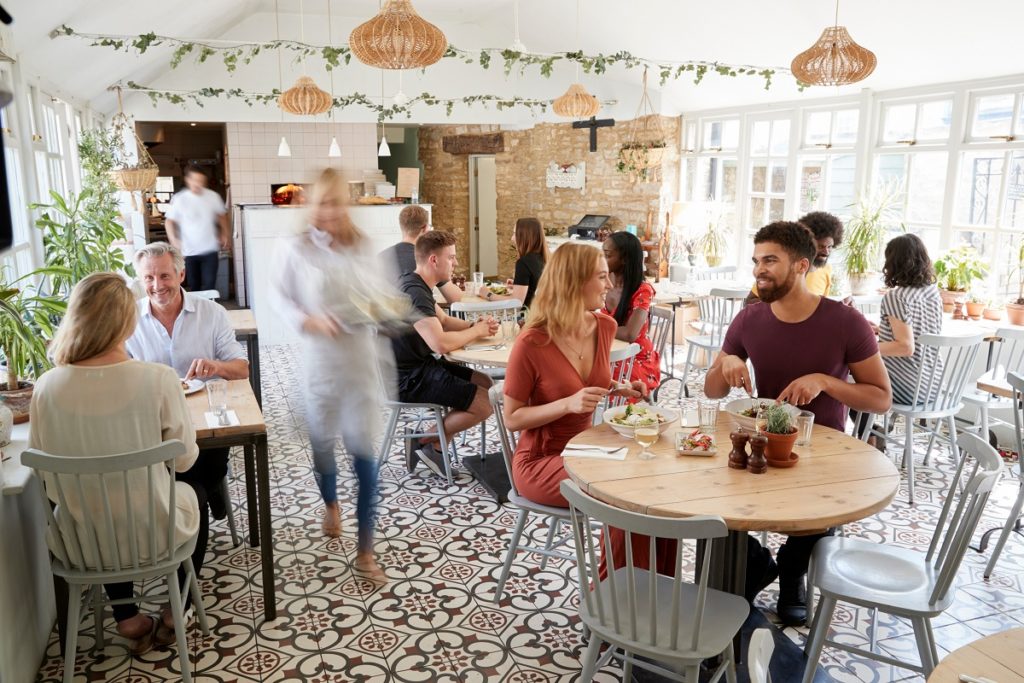COVID-19 changed the way restaurants conducted business. Overnight, they were forced to shut down and migrate to online platforms to save their companies and employees. And even when cities have reopened, they have to severely limit the number of diners to abide by health measures.
Experts don’t think the pandemic would recede in the coming months. In fact, some predict that cities would have to implement isolation measures up to the end of 2021. As such, restaurants have to resort to novel ways to keep themselves afloat. Here are some measures restaurants have put in place:
Investing in Technology
Delivery and mobile apps kept the restaurant industry alive by connecting isolated customers with struggling food and beverage stores. As long as the pandemic remains, these two will continue to be a necessary asset for every business in F&B.
Delivery Apps
Delivery apps such as GrubHub, DoorDash, Foodpanda, Zomato, Uber Eats, and Swiggy experienced a surge in demand when cities locked down. They helped affected restaurants increase their reach by giving them access to their huge customer database. Many restaurants must strike partnership deals with these platforms to preserve a healthy income stream.
The downside, however, is that partnerships may have commission fees that can decrease their profit margins. If this is something the business isn’t willing to handle, developing its own direct delivery app would be a more sustainable option. If they have their own delivery app, they can generate a larger profit compared to relying on third-party delivery apps.
Online Reservation Platforms

As governments start to allow dine-in operations, they capped diners at a certain percentage to prevent the spread of the virus. Gone are the days of casually walking into a restaurant and asking for a table. One has to make a reservation ahead of time to be accommodated.
In response to this demand, many restaurants have developed online reservation apps that enable customers to book a reservation without having to call the restaurants themselves. Patrons simply log into the restaurant app, book an online reservation, and show up at that time and date. This allows restaurants to handle a huge volume of reservations while making sure that they limit the number of people entering their premises.
Upgrading Restaurant Infrastructure
The previous section explores how restaurants can keep foot traffic alive. However, they also have to think of how they can protect their patrons while inside their premises. Since the pandemic isn’t expected to recede until the end of 2021, and diners trust restaurants with secure sanitation measures, the businesses with updated infrastructure will be the go-to haunt of a post-pandemic consumer.
Touchless Technology
Restaurant patrons will expect a continued focus on mitigation of the coronavirus spread. Elakeside, a food equipment manufacturer, notes that businesses will depend heavily on innovative foodservice equipment and supplies as a result. Several businesses have now invested in touchless technology, such as motion-sensor doors, automated sanitation dispensers, and even automated condiment dispensers.
Floor Signs and Barriers
The most secure restaurants would also invest in floor signs to maintain physical distancing. Many diners experience caution fatigue, so they tend to be lenient when it comes to distancing protocols. Floor signs would remind them to stay away from each other.
Meanwhile, barriers at counters would protect the staff from potential infection. It also helps employees feel more secure in their workplace.
It pays to invest in technology and infrastructure solutions during the pandemic and when it wanes. Even if the coronavirus’s immediate threat disappears, it will still be ingrained in the collective memory of consumers, and they will choose businesses that take the health of their patrons seriously.

